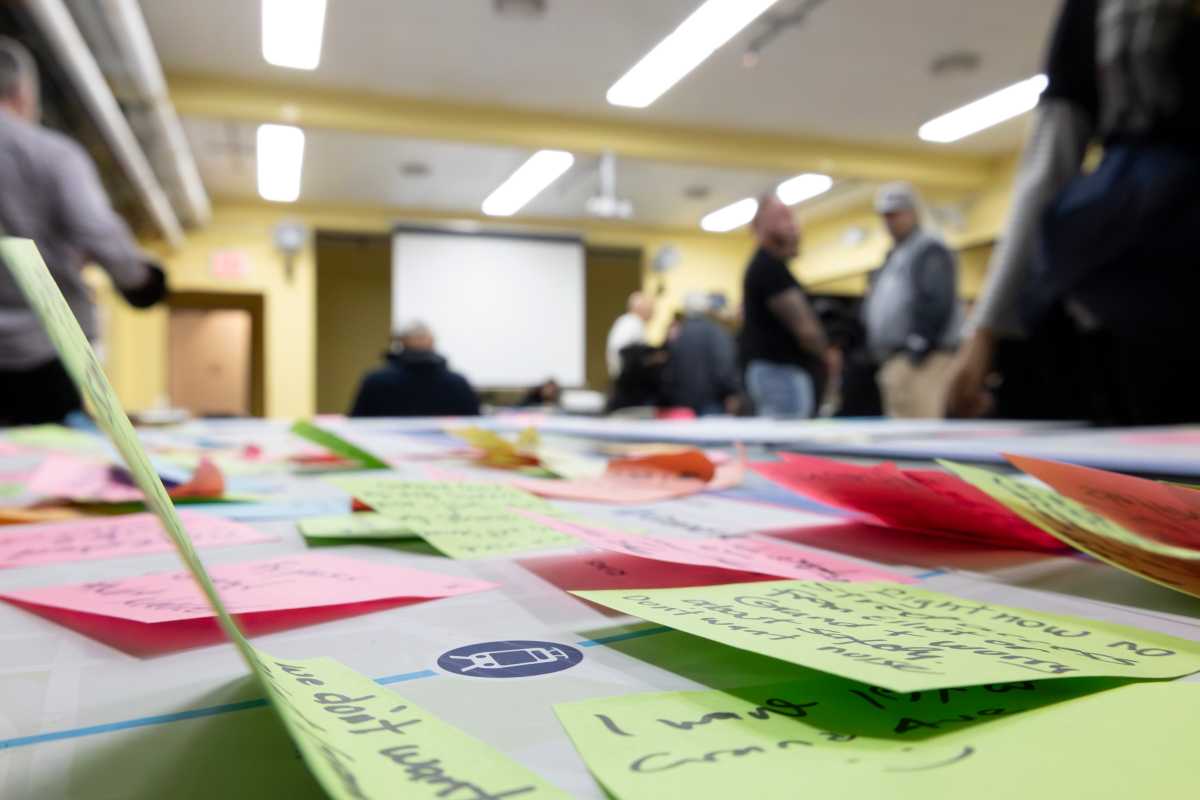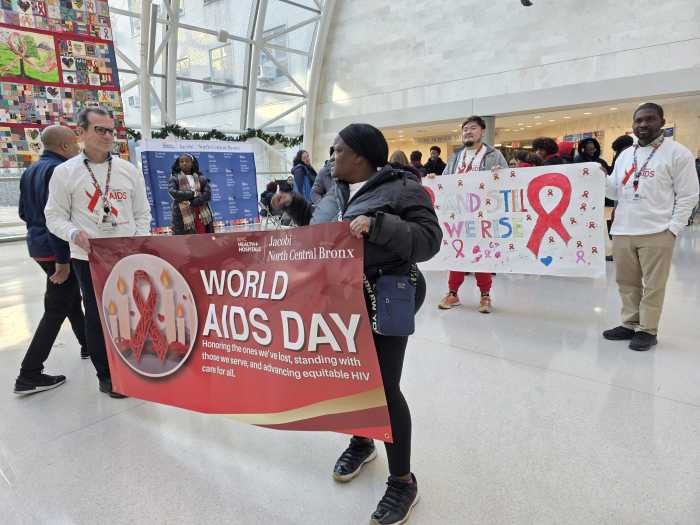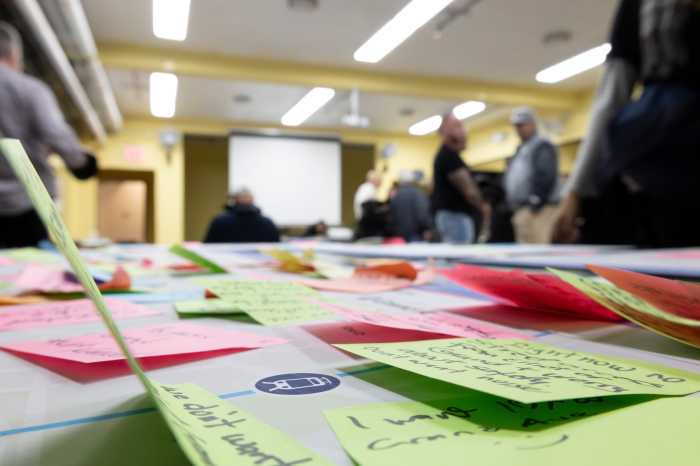The city’s Taxi and Limousine Commission (TLC) celebrated a major milestone on Thursday as half of its active NYC taxis are now wheelchair accessible.
TLC Commissioner David Do made the announcement on June 5 at the agency’s inspection facility in Woodside, Queens. It follows a years-long lawsuit by disability advocates who demanded 50% of all taxi cabs — around 5,100 vehicles — to be wheelchair accessible.
“We made that today,” Do said. “It is the most accessible fleet in the entire country.”
The city agency has been pursuing its 50% goal for its active fleet for 10 years following a 2013 settlement agreement with disability advocates. Combined with its for-hire fleet, the agency now has 12,000 accessible vehicles.
“This achievement has been over a decade in the making, and a tremendous amount of effort has gotten us here,” Do said.

The TLC first agreed to transition half of the 13,587-strong taxi medallion fleet to wheelchair-accessible vehicles (WAV) in late 2013, when there were only 213 WAVs in operation. The following year, the TLC enacted rules requiring medallion owners to alternate between accessible and non-accessible vehicles every seven years.
TLC officials said the transition was delayed by several factors, including the COVID-19 pandemic in 2020, which occurred the same year the city was expected to hit the 50% mark. Later, the Medallion Relief Program helped provide funding to medallion owners to help them transition their vehicles.
Along with requiring that every new taxi be wheelchair accessible, the agency has restructured the Taxi Improvement Fund, which helps medallion owners convert to WAVs, TLC officials said. Most recently, it launched a $5 million pilot program to help small medallion owners bear the expenses of transitioning to WAVs, which can cost as much as $99,000.

An ’empty victory’
Some disability advocates applauded the TLC’s achievement, while others questioned how well the WAVs will actually work.
Michael Ring, vice president of Disabled in Action and a plaintiff in the drawn-out lawsuit, saw the news as more of an obligation than “generosity” from TLC.
“The bigger problem is that drivers have no incentive to actually secure someone safely in the back of the vehicles,” he said. “You bounce around. They don’t tie you down, claiming they don’t know how or don’t have the equipment.”
He added that taxi drivers, at times, ignore potential passengers who are in wheelchairs.
“Sometimes they just keep zooming by when they see you’re in a wheelchair,” he said. “It’s an empty victory.”

Marilyn Tucci, who is from the independent-living group Self-Initiated Living Options and uses a guide dog, applauded the announcement.
“I’m happy to see it’s finally 50%, but it should have happened a long time ago,” she said.
Stefan Henry is happy about more accessible taxis because they will make traversing the city much easier for him.
“This being more accessible for us and chiefly used, we can actually get to places in the city without taking two trains and a bus or two buses that take three hours back and forth that would take anyone else like 30 minutes,” he said.







































